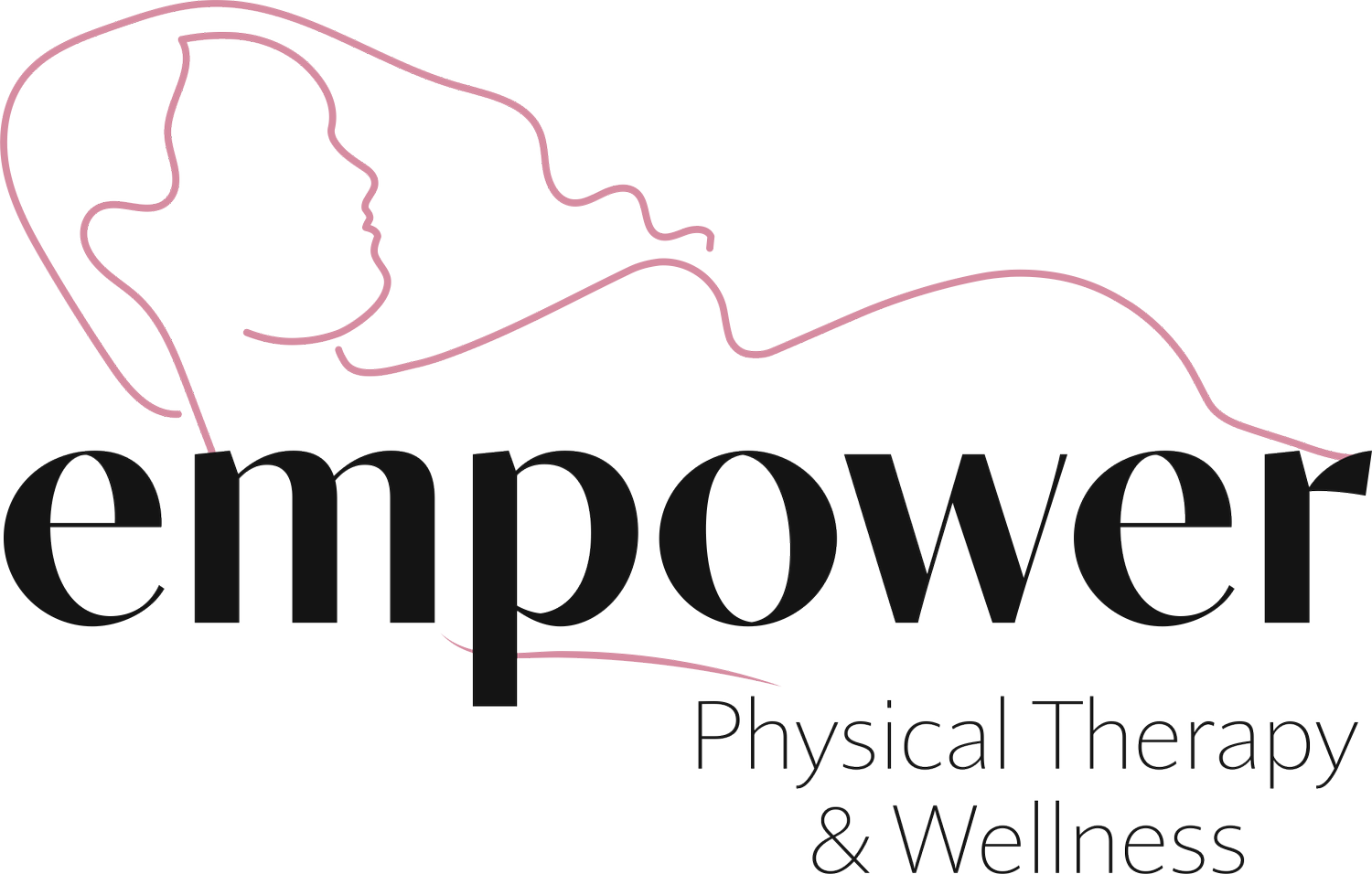Why Cutting Water Makes You Pee More (And What to Do Instead)
If you’ve ever dealt with urinary frequency, urgency, or leaks, you might have been told to “just drink less water.” It sounds logical—less in, less out—but here’s the truth: cutting back on water can actually make you pee more.
At Empower Physical Therapy and Wellness, we hear this concern from women all the time, especially those struggling with stress urinary incontinence, urgency, or overactive bladder. Let’s break down why limiting water works against you—and what you should do instead.
How Your Bladder Works
Your bladder is designed to hold urine until it’s time to go(usually about every 2-4 hours). Normal, healthy urine should be light yellow to nearly clear, which happens when you’re well-hydrated.
When you cut back on water:
Urine becomes concentrated (darker yellow).
Concentrated urine irritates the bladder lining.
An irritated bladder becomes more sensitive, making you feel like you need to go more often—even if your bladder isn’t full.
Why Cutting Water Increases Urgency and Frequency
Think of it like this:
Well-hydrated bladder = calm bladder.
Dehydrated bladder = cranky bladder.
When your urine is concentrated, your bladder gets the signal to empty sooner, leading to:
More frequent trips to the bathroom.
Sudden, urgent urges.
Even more leaking with activity or movement.
So, while it feels like cutting water should help, it actually creates the opposite effect.
What You Should Do Instead
Instead of limiting fluids, focus on hydration habits that support bladder health:
Drink water consistently throughout the day
Sipping is better than chugging. Large amounts all at once can overwhelm your bladder.Limit bladder irritants
Caffeine, alcohol, carbonated drinks, and artificial sweeteners can make urgency worse.Balance hydration with activity
If you’re exercising, in the heat, or breastfeeding, you may need more water.Work with a pelvic floor physical therapist
If you’re still leaking or feeling like you “live in the bathroom,” it’s not just about water. Your pelvic floor, core, and bladder habits all play a role—and PT can help you retrain your bladder and strengthen your body.
When to Get Help
If you’ve tried changing your water intake and still experience:
Leaking with sneezing, coughing, running, or jumping
Frequent trips to the bathroom (more than 8 times/day)
Sudden urges that are hard to control
Pelvic pressure, heaviness, or pain
…it’s time to get checked. These symptoms are common, but they are not normal—and you don’t have to live with them.
Let’s Take the Guesswork Out of Your Pelvic Health
Cutting water doesn’t fix bladder leaks or urgency—it makes them worse. Staying hydrated with the right strategies keeps your bladder calm and your body healthier.
At Empower Physical Therapy and Wellness in Alpharetta, GA, we specialize in pelvic floor physical therapy to help women stop leaking, reduce urgency, and feel confident again.
Book a free 15-minute discovery call with one of our pelvic floor experts to learn more about how we can help you.
Dig Deeper: Uncover More Secrets to Pelvic Floor Health
Hi! We are Dr.Aimee and Dr. Lauren
We are the owners of Empower Physical Therapy and Wellness. We are pelvic floor physical therapists who specialize in helping women from pregnancy, into postpartum and through perimenopause, menopause and then beyond! We believe all women deserve to do all of the things they love without symptoms!
You can contact us via our website, email at hello@weempowerpt.com or social media!
The information provided in this blog is for educational and informational purposes only and is not intended as medical advice. Always seek the advice of your physician or other qualified health provider with any questions you may have regarding a medical condition or symptoms. Never disregard professional medical advice or delay in seeking it because of something you have read on this blog.
If you think you may have a medical emergency, call your doctor, go to the emergency department, or call 911 immediately. The opinions expressed in this blog are those of the author and do not necessarily reflect the views of any medical or healthcare institutions.





